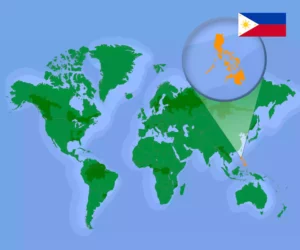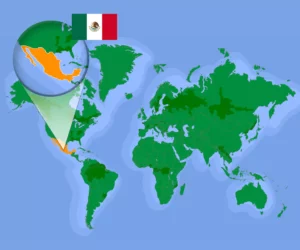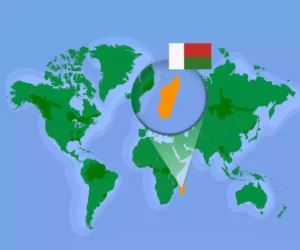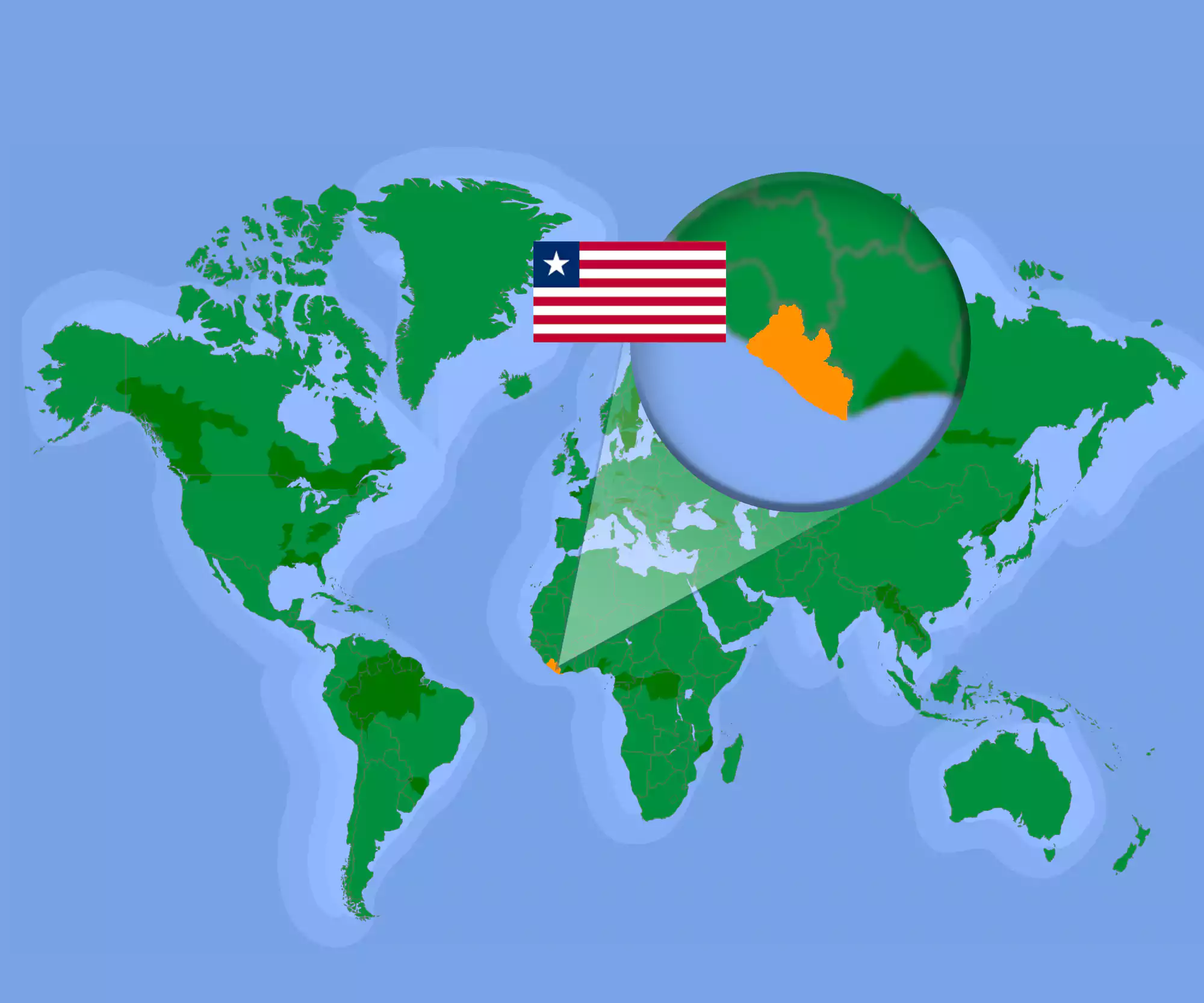
While learning about this country from the outside in, I learnt a rather meaningful lesson: positive change can sweep across a nation and still shift its course over time. One of the first pieces of information I dug up about Liberia confirmed this for me. It was an article about Liberia choosing only its third female Chief Justice in 175 years. What would lead a country to make such a progressive decision over a century ago, to still fight many of its same battles today? Well, the story of Liberia is intriguing—full of difficult times and even more difficult choices. This country, which lies on the west coast of the African continent, was troubled with poverty, corruption, and hunger. Nevertheless, the tale is captivating. So, let’s get right to it.
Liberia: named after its purpose
Originally called the Pepper Coast by the Portuguese, the area was well-known for its quality peppers. In the mid-1800s, far away from Liberia’s coasts and peppers, the United States of America abolished slavery. The Americans then had to figure out what to do with all the previously enslaved people. Finally, they gave a choice to the former slaves—they could either remain in the country, regardless of danger or go back to Africa.
As part of its mission to resettle the formerly enslaved people in Africa, the American Colonisation Society searched for land in Africa that would suit them. They found the Pepper Coast suitable. Over the following decades, over 13,000 people were shipped to Africa, and a country was instituted. This country was named Liberia for it was to be a home for the freed—not quite the home of the free, but close enough.
The obvious problem was that the people shipped to Liberia had likely never set foot on a different continent before. Most of them were born in America. The other problem was that this newly founded Liberia wasn’t precisely empty when they arrived. The stark differences between the native peoples and the Americo-Liberians provided sufficient scope for anger and violence in the years to come.
Clashes began to occur fairly early on. However, the Americo-Liberians, armed with America’s ideas, America’s money, and America’s guilt, were able to take control and set up a governing system. So naturally, they based Liberia on what was familiar to them. Liberia resembles America heavily, from their electrical outlets to district names like Maryland and Virginia. Even their capital, Monrovia, was inspired by former US president James Monroe. As a result, to this day, American tourists who visit Liberia feel more at home than in any other country. A citizenship program was eventually implemented for the native people, allowing them to integrate into society. However, the deep-lying rifts would not so easily vanish.
Civil wars that ravaged Liberia
From their declaration of independence in 1847, Liberia never had a native person as president. In 1980, a military man, Master Sergeant Samuel Doe, led a coup that killed the then-president and the cabinet. He, in turn, became the first native leader as the President of Liberia. However, the sheer brutality and violence that were to follow were astonishing. In 1989, a former minister, Charles Taylor, led a rebel army and began a long war that would result in him eventually becoming the President.
A second war would soon follow as child soldiers, cannibal warlords, and John Milton Blahyi (better known as General Butt Naked) would dominate the news. General Butt Naked led a small contingent of child soldiers. They believed that charging out to war covered in a particular paste instead of clothes would protect them from the bullets.
200,000 dead and a decimation of the economy and living standards were all that was left to show for these civil wars.
Sirleaf: a ray of hope for Liberia (?)
It was remarkable that this particularly gruesome period in Liberian history was brought to a close and replaced by a time of relative peace. Ellen Johnson Sirleaf became the first female president on the continent in 2006. She raised billions in debt relief and helped to bring some semblance of calm to an economy in shackles.
Sirleaf continued to gain accolades as the darling of the western media. She won the Nobel Peace Prize in 2011 and began her second term shortly after. However, she had her critics at home. Accused of corruption and nepotism, her second term in office was not nearly as smooth as the first. Journalists were jailed, and public opinion of her was not as rosy as it once was.
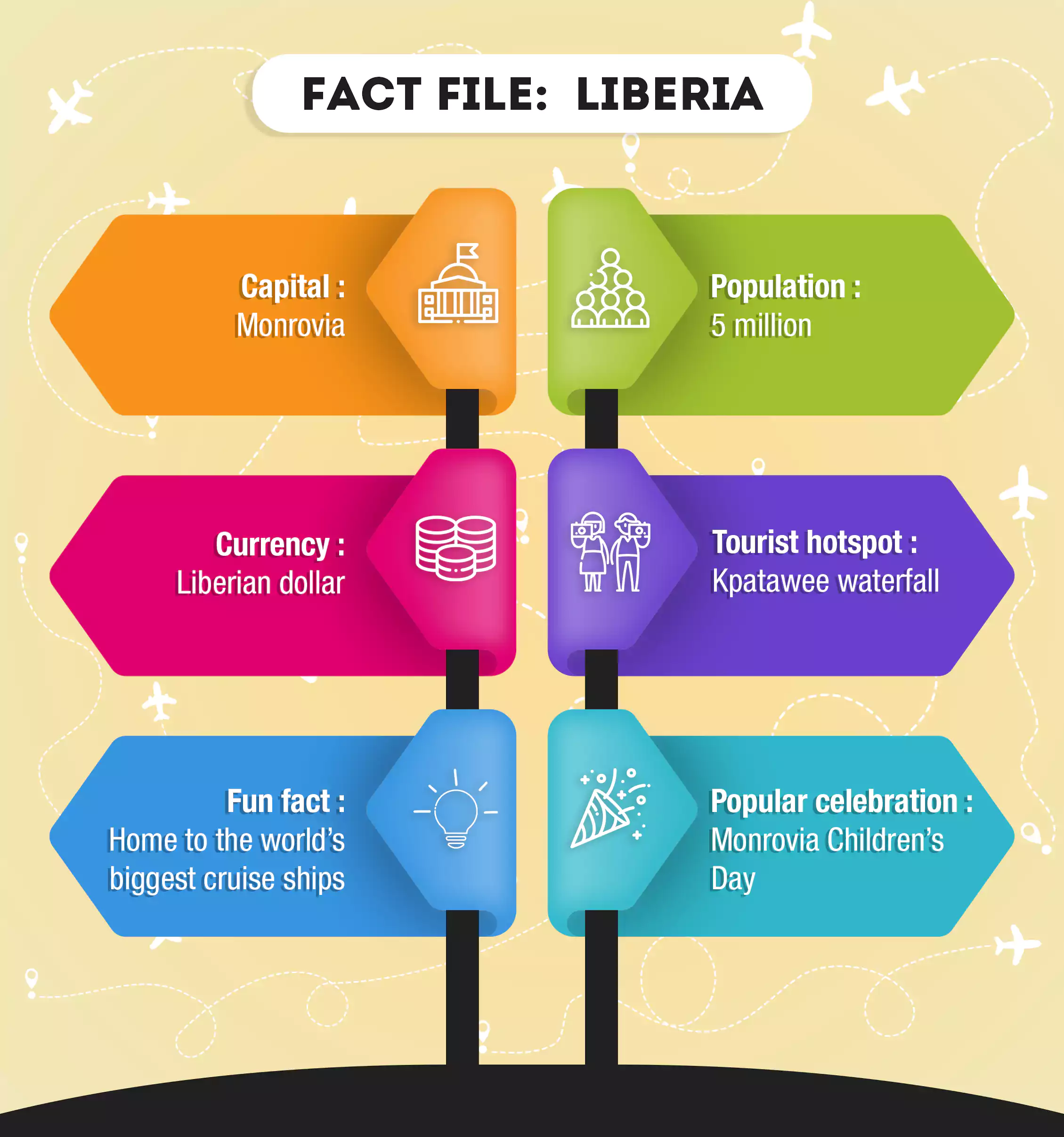
The lethal and lasting spell of Ebola
In addition to the crippling civil wars, the Ebola virus significantly affected the country. A massive outbreak that ravaged West Africa killed thousands. Unfortunately, even though Liberia dealt with the virus and WHO declared them Ebola-free, things did not entirely return to normal. The virus kept resurfacing in West Africa, and there was a widespread belief that sexual transmission of the virus could take place for months even after the symptoms abated. This stigma persisted. Tourists stayed away in fear, and survivors of the virus also faced suspicion and disdain.
Regal establishment becomes ruins
One particular building of note in Monrovia, the capital, was the Ducor Palace. Unfortunately, this is another example of the economic ruin that has befallen the country. This first five-star hotel in West Africa was a marker of enormous opulence. Its luxury was beyond compare, with hundreds of rooms and a magnificent ocean view. Today, it stands derelict and abandoned, except for squatters seeking refuge.
An off-limits town for locals
There is a town in Liberia with the strange name “Smell No Taste”. No, this is not one of those instances where you lose the meaning in translation. During WWII, American flights used Liberia as a landing base. They heavily guarded the airstrip and a small base to prevent local Liberians from entering the grounds. However, the smell of cooked American food would wander off the airbase to people outside who could only smell the food but not taste it.
The rubber ties of Liberia
Liberia is famous for its rubber production. In 1926, it negotiated a deal with the Firestone Tire and Rubber Company in Texas. This deal allowed Liberia to produce and export massive amounts of rubber. The Firestone Plantation, the largest rubber-producing farm in the world, remains in Harbel, Liberia.
The leading ladies of Liberia
When Ellen Johnson Sirleaf won the Nobel Peace Prize in 2011, she was not the only Liberian to do so. Leymah Gbowee was another Liberian woman who won the same award in the same year. Convinced that women could help to end the civil war in ways that men could not, Gbowee brought together Muslim and Christian women. She persuaded them of the necessity of female space and working together to end the fighting. Gbowee organised “sex strikes” wherein the wives of those engaged in the war pressured their loved ones into stopping the conflict. A women’s rights advocate, she helped to pave the way for Sirleaf to become president and for women around the country, continent, and world to dream bigger dreams.
However, only a year after they received the prestigious award, Gbowee resigned from her government post as Head of the Peace and Reconciliation Commission. She was highly critical of Sirleaf for not being tough enough on corruption.
Liberia is a nation that was born under challenging circumstances through difficult choices that were likely to have left all parties, at best, unhappy. Nevertheless, after a tumultuous period of war and disease, one can only hope that things begin to look up for the people of Liberia. As of August 2022, Sie-A-Nyene Yuoh became only the third female Chief Justice since 1848. I cannot help but hope she can do her part to help the country flourish.
